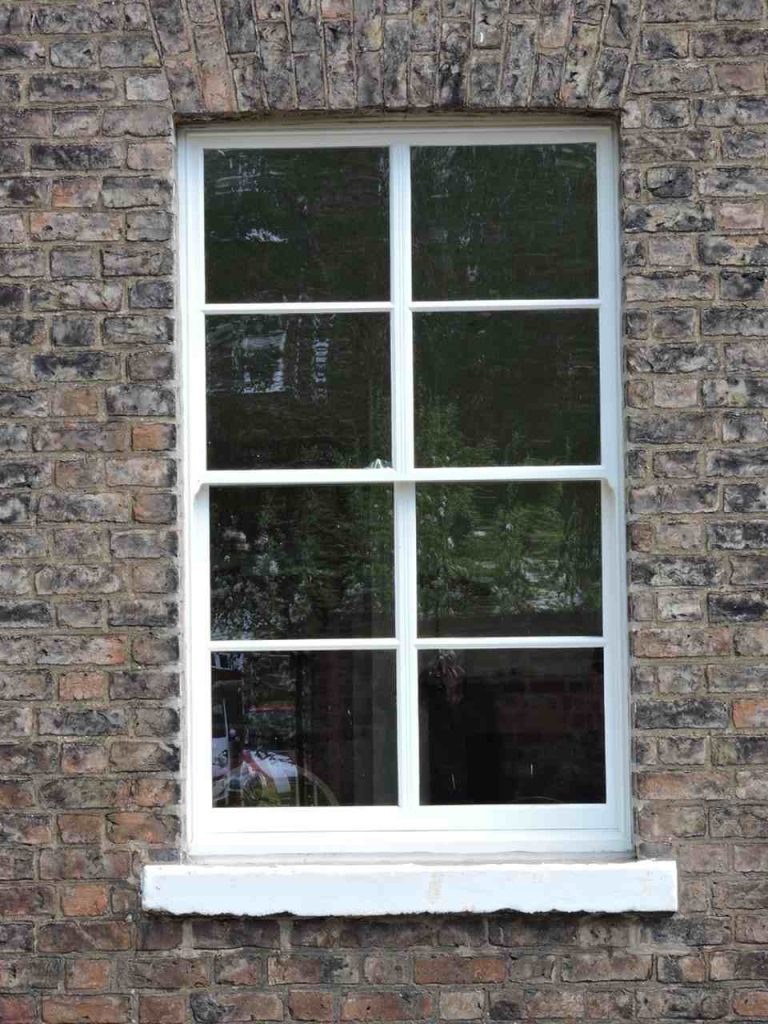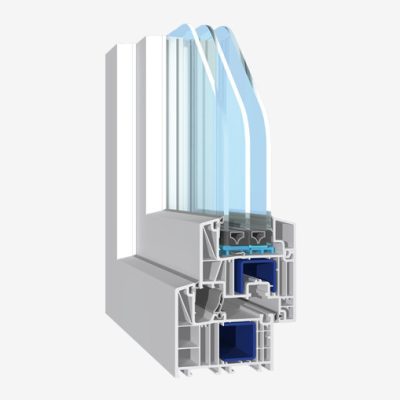
Interesting window frames will add aesthetic value to the building and may even increase its value. Muntins have been used on windows since the Middle Ages, when they were used to divide the window into smaller sections. Nowadays, they are mainly used to improve the aesthetic impression. Mullions are perfect for manor houses or classic buildings with large windows. In this article, we will take a closer look at this solution.
This is the common name for the slat that divides the window into smaller sections. They are usually placed between panes or stuck to the surface of the window. Muntins give an elegant look, especially in classic designs. This idea must harmonise with the design of the house, making it a decorative feature. It is worth mentioning that there are several types of muntins used in window joinery. Muntins in windows can take different forms, which differ in terms of installation, maintenance and price. We distinguish three basic types of muntins: Mullions look very good on wooden houses, renovated historic buildings and houses styled as noble manor houses. Well-chosen mullions will fit in with the design of the house and emphasise its character. They are also suitable for large glazing or unusual window shapes. Mullions can be installed at any angle, not just right angles. They can therefore be arranged in various shapes, e.g. triangles. The number and thickness of the mullions must be adjusted to the size of the window. Mullions are also used in the modernisation of historic buildings.
How to choose mullions
When considering installing muntins, the character of the building and its design must be taken into account. Muntins must match the window frames and the appearance of the facade. Ideally, they should be made of the same material as the window frames. Their colour is also important and should match the frames. Traditional, unadorned muntin bars are best suited for simple buildings. The thickness and width of the muntin bars should be adjusted to the window construction. It should be taken into account that windows with muntin bars are much more expensive. However, they are a very interesting addition to the styling and it is worth considering installing them. Read also:What are mullions?
Types of muntins
When are mullions suitable?



